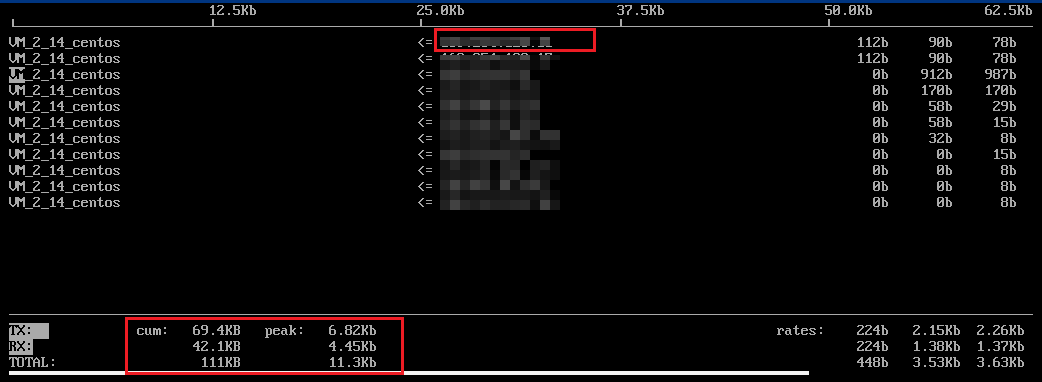扩展
- 增加问答数据库,通过 Django Admin 添加问题和答案。
- 实现更复杂的问答逻辑,比如使用自然语言处理(NLP)库。
- 使用前端框架(如 Bootstrap)增强用户界面
1.注册模型到 Django Admin(admin.py)
在应用目录下的admin.py文件中,注册QuestionAnswer模型,使得可以在 Django Admin 界面中对其进行管理操作,代码如下:
from django.contrib import admin
from. import models
# 注册QuestionAnswer模型,使得可以在 Django Admin 界面中对其进行管理操作
# Django 就知道要在 Admin 后台中显示QuestionAnswer模型,并且可以进行添加、编辑、删除等常规操作了
admin.site.register(models.QuestionAnswer)
通过以上代码,Django 就知道要在 Admin 后台中显示QuestionAnswer模型,并且可以进行添加、编辑、删除等常规操作了。
2. 数据库迁移
完成模型定义和注册后,需要进行数据库迁移,让 Django 根据模型创建相应的数据库表结构。打开命令行,进入项目根目录(包含manage.py文件的目录),依次执行以下命令:
python manage.py makemigrations
python manage.py migrate
- makemigrations命令会根据模型的定义生成迁移文件,它会检测模型的变化并生成相应的脚本,告诉 Django 要对数据库做哪些改变。
- migrate命令则是将这些迁移脚本实际应用到数据库中,创建或更新对应的表结构。
3. 完善视图逻辑(可能在views.py中)
之前的视图函数可以进一步优化,例如更好地处理可能出现的错误情况等,以下是优化后的示例(在views.py中):
from django.shortcuts import render
from.models import QuestionAnswerdef home(request):if request.method == 'POST':user_question = request.POST.get('question')if user_question:# 这里可以实现简单的匹配逻辑,优化了判断,避免空查询answer = QuestionAnswer.objects.filter(question__icontains=user_question).first()if answer:response = answer.answerelse:response = "抱歉,暂时没有找到相关答案哦。"return render(request, 'qa/home.html', {'response': response})else:return render(request, 'qa/home.html', {'response': "请输入有效的问题呀。"})return render(request, 'qa/home.html')
在这个优化后的视图函数中:
- 增加了对user_question是否为空的判断,如果为空则返回相应提示,让用户输入有效的问题,增强了用户交互的友好性。
- 对于找不到答案的情况,返回了更友好的提示语句。
4.实现更复杂的问答逻辑,使用自然语言处理(NLP)库
安装必要的库*
首先确保已经安装了 nltk 库,如果没有安装,可以通过以下命令安装:
pip install nltk
导入必要的模块和下载相关资源(针对 nltk),views.py文件
from django.shortcuts import render
from.models import QuestionAnswer
import nltk
from nltk.stem import PorterStemmer
from nltk.corpus import stopwords# 下载nltk所需的停用词资源(只需执行一次,可在项目启动时或首次运行相关代码时)
nltk.download('stopwords')
修改后的视图函数 home
def home(request):if request.method == 'GET':return render(request, 'qa/home.html', {'response': ""})if request.method == 'POST':user_question = request.POST.get('question')if user_question:# 进行自然语言处理相关的预处理操作stemmer = PorterStemmer()stop_words = set(stopwords.words('english'))# 对用户问题进行分词、词干提取、停用词去除等预处理words = nltk.word_tokenize(user_question)words = [stemmer.stem(word) for word in words if word not in stop_words]# 重新组合处理后的问题processed_question = " ".join(words)# 这里可以实现更复杂的匹配逻辑,基于预处理后的问题进行查找answer = QuestionAnswer.objects.filter(question__icontains=processed_question).first()if answer:response = answer.answerelse:response = "抱歉,暂时没有找到相关答案哦。"return render(request, 'qa/home.html', {'response': response})else:return render(request, 'qa/home.html', {'response': "请输入有效的问题呀。"})return render(request, 'qa/home.html')
在上述修改后的代码中:
- 首先导入了 nltk
相关的模块用于进行自然语言处理操作,包括词干提取(PorterStemmer)和获取停用词(stopwords)。 - 在处理 POST 请求且用户输入了有效问题后,对用户问题进行了一系列自然语言处理的预处理操作: 先创建了词干提取器
PorterStemmer 和获取了英语的停用词集合。 - 对用户问题进行分词,然后对每个分词进行词干提取并去除停用词,最后重新组合成处理后的问题。
- 基于处理后的问题在 QuestionAnswer 模型中进行答案的查找匹配,根据是否找到答案来设置相应的 response值并返回给模板进行展示。
5.在数据库中预先输入问题和答案





